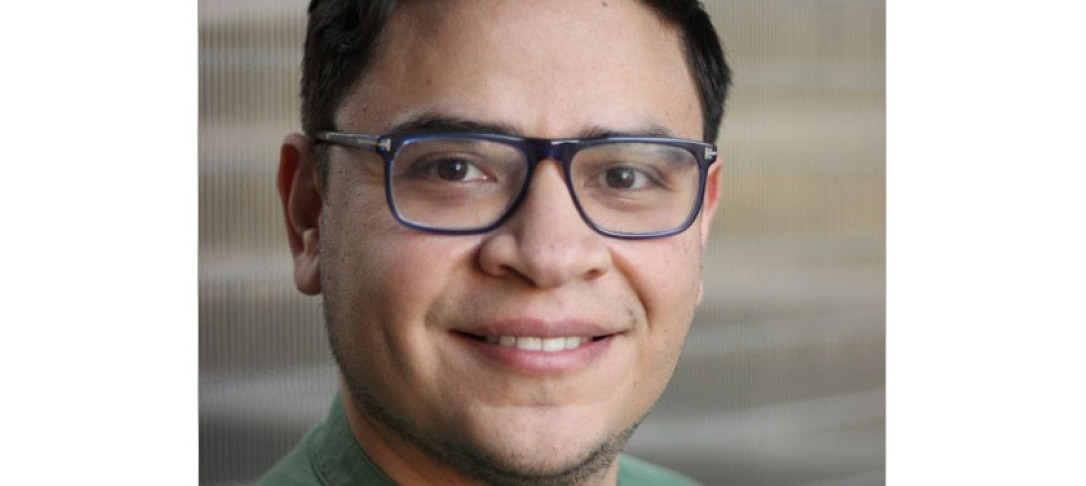
Abstract: Anticipating hydrogen diffusion and embrittlement is critical to the viability of many alloys used in safety-critical industries such as nuclear fusion and fission, aerospace and wind energy but H behaviour within the solid state remains poorly understood. A main reason has been that experimental detection of H inside alloys is extremely challenging, particularly in multi-phase materials, and predictive computational models are highly desirable to understand how to improve material’s response against hydrogen embrittlement. In this talk we present a number of modelling strategies across the scales predicting how H diffuses and interacts with microstructure towards predicting material’s response to H embrittlement. We first introduce a coarse-grained Off-lattice kinetic Monte Carlo model, based on the dimer saddle-point finding method, suitable for simulating the interaction of H with crystal defects in Fe over timescales not achievable with classical atomistic methods. Theories for local Thermodynamic equilibrium and continuum diffusion including microstructural effects are also presented to study multi-trapping effects in ferritic and martensitic steels; H behaviour in austenite-containing steels is used as example to discuss the validity of Thermodynamic equilibrium to multi-phase alloys. The combination of these results represents a unique framework to understand conclusively H behaviour in complex multi-phase materials and design microstructures more resistant against H embrittlement.
Short bio: Enrique is a Lecturer and a Royal Academy of Engineering Research Fellow at University College London (UCL). Before joining UCL, he established a large research group at the University of Cambridge, where he was also a Research Associate between 2014 and 2016. Enrique obtained his PhD in Materials Science from Delft University of Technology. He also has two degrees, one in Mathematics and another in Mechanical Engineering. Enrique has published more than 55 peer-reviewed papers concerning different aspects of the process-microstructure-property paradigm in advanced materials. He was awarded the “2019 Metals Young Investigator Award” in recognition for his outstanding contribution to research in Metals. He has been invited as Keynote speaker at several top international conferences in Materials and Deformation, as well as presenting at more than 15 international conferences in the field.


